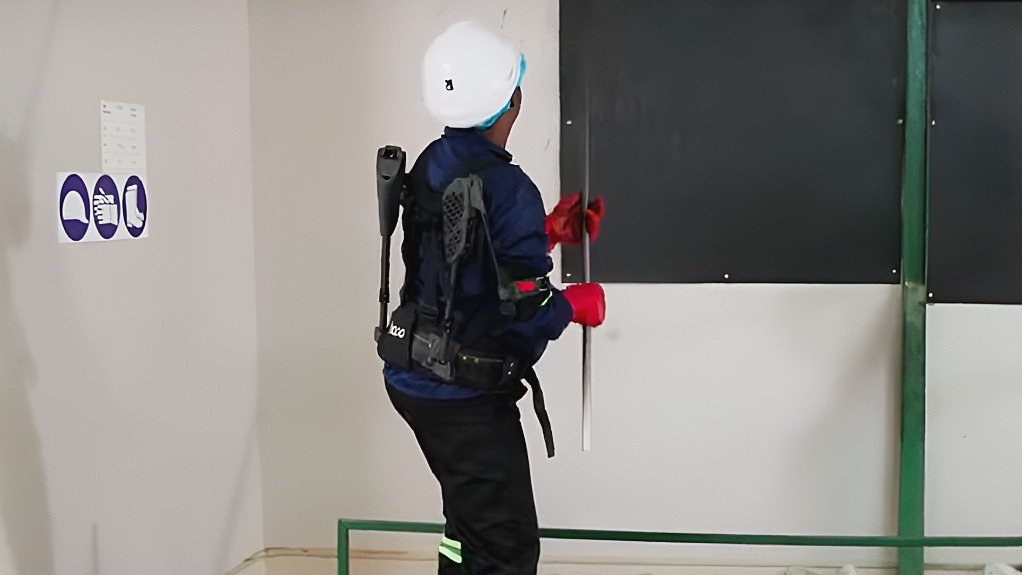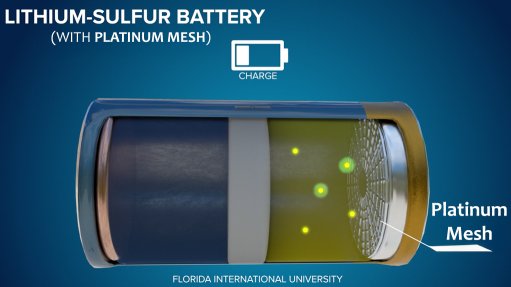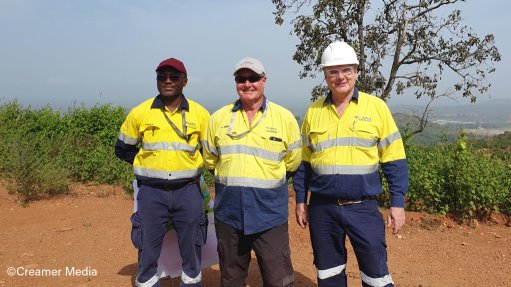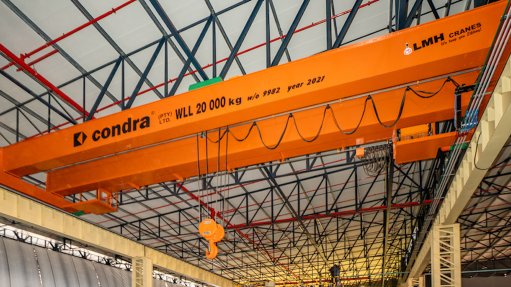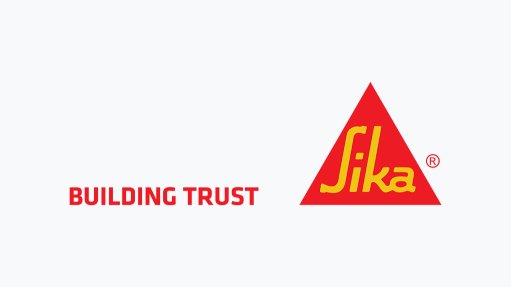Exoskeleton testing for underground mining yields positive results
Exoskeletons are currently being tested for their effectiveness in barring at one of Sibanye-Stillwater’s operations as part of the Fall of Ground Action Plan (FoGAP), with positive results so far.
Barring in underground mining is the manual removal of loose rock from mine walls and ceilings using a scaling bar to prevent rockfalls.
The FoGAP is a programme that has been developed and implemented through the collaborative efforts of Minerals Council South Africa, its rock engineering technical committee and other industry stakeholders, including the South African National Institute of Rock Engineering and the Association of Mine Managers of South Africa.
Speaking at the FoGAP 2025 Annual Day of Learning conference, in Kempton Park, on March 28, Minerals Council mine health and safety engineer Madini Mulaudzi explained that barring was responsible for about 30% of fall-of-ground (FoG) incidents.
Barring is highly dangerous because miners must work near unstable ground, risking sudden collapses, falling debris or being struck by unexpected rock movements.
The job is also exhausting because it requires miners to exert continuous physical force while wielding a heavy scaling bar – also known as a pinch bar – overhead for extended periods, often in awkward and confined positions.
Minerals Council senior policy analyst for safety and sustainability Lerato Tsele explained that several possible technological advancements were explored to help make barring safer and easier, such as robotics, mechanical modified pinch bars and exoskeletons.
Ultimately, exoskeletons were deemed the most practical and affordable option. Therefore, in 2022, work began on studying the effectiveness of exoskeletons in barring.
A significant challenge was the fact that there are no exoskeleton original-equipment manufacturers in South Africa, and none of the existing commercially available exoskeleton options from abroad have been designed for mining applications.
“There are no exoskeletons that are designed for mining, so we thought, for the purposes of the research, let's obtain exoskeletons that are made for the automotive industry [to] use them for barring to improve the effectiveness and quality of the barring. So we obtained four of those.
“The master assessment proved that wearing the exoskeleton when barring released physical labour demand from the wearer, and also enhanced endurance,” Tsele said.
Mulaudzi explained that out of eight potentially viable exoskeleton models, four were shortlisted and ultimately procured. Two of these were tested on six participants at the University of Johannesburg last year, with positive results.
Then, earlier this year, 11 participants were assessed in a study at one of Sibanye-Stillwater’s operations using the same two exoskeleton models. These test resulted in 70% of the participants showing positive improvement in endurance and barring effectiveness.
The study was carried out in a simulated environment, consisting of ten holes at different heights. Participants performed multiple laps using a 5.5 kg pinch bar for a duration of ten minutes.
During this process, heart rates were measured continuously and productivity and efficiency metrics were calculated.
However, owing to the small sample size, Sibanye-Stillwater was not comfortable conducting further testing underground. Therefore, further simulated testing was carried out in early February with a larger sample size of 24 participants. The results were that 75% of the participants showed some degree of improvement.
In the extended testing, there was an average efficiency improvement of 5.3%, with average productivity improvement of 9.2%.
“Lifting the pinch bar for extended periods of time was much easier with the exoskeleton versus when you don't have an exoskeleton,” Mulaudzi said.
However, he said that, for exoskeletons to be effectively integrated into mining operations, substantial redesign would be required. With a fit-for-purpose exoskeleton design in play, more improvements in productivity and efficiency could be expected.
“People get very tired during barring activities, which can impact on the quality of the barring, as well as your alertness and how aware you are of your surroundings. When you get tired, you start losing focus, and you're more prone to making mistakes.
“So the theory is, if we can give someone a tool, in this case, an exoskeleton, it should improve the quality of the barring, but also people can maintain their focus and alertness, so they don't make a mistake or enter into an unsafe area,” Anglo American geotechnical engineer Riaan Carstens said.
Mulaudzi said the next step is to take the testing underground in a controlled environment as part of a change management risk assessment. This phase of testing will seek to assess how workers react to the technology.
He said that, once testing was concluded, the Minerals Council and its FoGAP partners would seek to partner with willing technology developers and suppliers to design commercially viable fit-for-purpose exoskeletons that can be rolled out across the South African mining industry.
Article Enquiry
Email Article
Save Article
Feedback
To advertise email advertising@creamermedia.co.za or click here
Announcements
What's On
Subscribe to improve your user experience...
Option 1 (equivalent of R125 a month):
Receive a weekly copy of Creamer Media's Engineering News & Mining Weekly magazine
(print copy for those in South Africa and e-magazine for those outside of South Africa)
Receive daily email newsletters
Access to full search results
Access archive of magazine back copies
Access to Projects in Progress
Access to ONE Research Report of your choice in PDF format
Option 2 (equivalent of R375 a month):
All benefits from Option 1
PLUS
Access to Creamer Media's Research Channel Africa for ALL Research Reports, in PDF format, on various industrial and mining sectors
including Electricity; Water; Energy Transition; Hydrogen; Roads, Rail and Ports; Coal; Gold; Platinum; Battery Metals; etc.
Already a subscriber?
Forgotten your password?
Receive weekly copy of Creamer Media's Engineering News & Mining Weekly magazine (print copy for those in South Africa and e-magazine for those outside of South Africa)
➕
Recieve daily email newsletters
➕
Access to full search results
➕
Access archive of magazine back copies
➕
Access to Projects in Progress
➕
Access to ONE Research Report of your choice in PDF format
RESEARCH CHANNEL AFRICA
R4500 (equivalent of R375 a month)
SUBSCRIBEAll benefits from Option 1
➕
Access to Creamer Media's Research Channel Africa for ALL Research Reports on various industrial and mining sectors, in PDF format, including on:
Electricity
➕
Water
➕
Energy Transition
➕
Hydrogen
➕
Roads, Rail and Ports
➕
Coal
➕
Gold
➕
Platinum
➕
Battery Metals
➕
etc.
Receive all benefits from Option 1 or Option 2 delivered to numerous people at your company
➕
Multiple User names and Passwords for simultaneous log-ins
➕
Intranet integration access to all in your organisation



